At the University of Minnesota, almost 12% of students report running out of money to purchase food, and even more express worry over their ability to afford food.
The cost of groceries rose 11.4% in 2022, the highest single-year increase in decades, and has continued growing since, albeit at a slower pace. However, stores like Target and Walmart are among a handful that have announced price cuts on thousands of items.
Many areas around the University, including Como, much of Marcy-Holmes and the St. Paul campus are considered food deserts under the USDA definition of low-income residents who lack easy access to a supermarket. The census tract encompassing Dinkytown and the few blocks to the north is not considered a food desert because of the Target Express located at 14th Avenue and Fifth Street Southeast.
However, Dinkytown is one of the least food-secure areas in all of Hennepin County, with an estimated 31.5% of residents experiencing food insecurity, according to data compiled by the Healthy Foods, Healthy Lives Institute.
Over one-third of undergraduate students experienced running out of food and not having money to buy more, and 38% of respondents said they could not afford to eat balanced meals at some point.
Students have been pushing for a grocery option on campus for at least a decade, and concerns over accessibility and cost have continued through the opening of three nearby stores — Trader Joe’s and Fresh Thyme in 2018, and Target Express in Dinkytown in 2014.
With the approval of the Universal Transit Pass (UTP) two years ago, students can ride Metro Transit buses with their U-Card and travel to more stores without depending on a car. But travel time, safety and affordability are still major concerns.
The Minnesota Daily compiled a list of the price of basic grocery items, inspired by a Star Tribune comparison of grocery costs in eight Twin Cities stores, and an adjusted dorm-friendly list without items requiring open heating elements, which are against University housing rules.
The list includes 16 items representing each of the food groups and a snack option for college realism. The items were judged by the price of store brands or the cheapest option at the same size.
Grocery list
* indicates an item that would require a stove, air fryer or other appliance not allowed in University dorms
- dozen eggs *
- half-gallon of 2% milk
- sliced loaf of whole wheat bread
- spaghetti *
- boxed macaroni and cheese *
- frozen cheese pizza
- rice
- black beans
- peanut butter
- chicken thighs *
- tofu *
- carrots
- baby spinach
- blueberries
Michale Boland, a University agribusiness professor, said the biggest costs of operating a grocery store are the supply chain, labor and property taxes, all of which have been increasing in recent years.
The rising energy costs and inflated supply chain costs from COVID-19 need to be passed on to somebody, Boland said. So stores must either put the burden on consumers or reduce it themselves by selling a smaller amount of a product.
Prices coming out of the pandemic were higher both because of scarcity in the supply chain and making up for selling less overall, Boland said.
Retailers like Target and Walmart told consumers in early 2023 they would not automatically pass on costs but would push back against vendors who keep prices high.
A major reason behind the lack of grocery stores near the Minneapolis campus is the current real estate market, according to Boland. There are “very prohibitive” costs to building a store with a parking lot anywhere close to the East Bank.
The decision of stores to keep prices low comes from wanting to hold onto lower-income customers, who are the quickest to be priced out of buying name-brand products or shopping at that store altogether, Boland said.
Additionally, retail grocers do not want customers to default to the cheapest options because those products have the lowest profit margins, he added.
One concern for food costs and accessibility right now is over the election in November. If Republicans take Congress, the Supplemental Nutrition Assistance Program (SNAP) will have less funding, Boland said. SNAP, formerly known as Food Stamps, provides individuals and families with financial assistance in purchasing food and can be used at many major grocery stores.
SNAP is the “last resort” to make sure people do not starve, but stores also have an interest in consumers having access to funds that can be spent at their stores, Boland said.
One resource for students is the Nutritious U food pantry, open four days per month during the fall and spring semesters and in the summer, the pantry offers free meals on Thursdays. According to Boynton Health, around 1,500 students use the pantry every month.
The University provides information on navigating the SNAP application process for students who may qualify for its benefits.
Students continue to push for solutions
The Undergraduate Student Government (USG) has been pushing for a grocery store on campus, having passed a ballot measure in a campus-wide vote in the spring, said Amara Omar, chair of USG’s basic needs task force.
A campus grocery store would be located in Coffman Union, a centralized location close to students who live farther from the Target in Dinkytown, according to Omar.
Although planning is still in the early stages, the store would operate on a break-even model and possibly accept SNAP benefits, Omar said. Another goal is to stock halal, kosher, vegan and vegetarian options.
Sourcing produce and other items might mean searching for an outside sponsor — a method used by campus grocery stores at other major universities — or working with The Food Group, a Minnesota non-profit that supplies the Nutritious U pantry, Omar said.
Omar said one of USG’s priorities for the project is affordability, and the goal is to negotiate prices comparable to Aldi prices.
As the project progresses and space is leased from Student Unions and Activities, USG will work through the logistics of staffing. But Omar said she estimates it will require about 15 employees, each of whom would ideally be paid $15 per hour.
If the East Bank location proves successful, she added the next step would be to implement a similar store in St. Paul.
St. Paul campus lacks food accessibility, support
Ensuring the grocery store will be helpful to students living on and near the St. Paul campus has been a challenge, Omar said. She added Nutritious U is hoping to expand to the St. Paul campus, but spaces there lack the infrastructure to support deliveries of canned goods and produce.
Commuting from the St. Paul campus to East Bank for Nutritious U is a major barrier for students, especially those with classes coinciding with the pantry’s operating hours, said Grace Atchison, who recently graduated from the University with a master’s in nutrition sciences.
Atchison said there has been a lack of proactivity from the University to supply the St. Paul campus with resources available to students on the primary Minneapolis campus.
To combat food insecurity among nutrition students, Atchison said she and a few classmates from her year-long Food Service and Management class decided their project would be setting up a food pantry on the St. Paul campus. Her group mapped out dining options and found the Bailey Hall dining hall, a few nearby restaurants and vending machines were the only walkable options.
The St. Paul campus is classified as a food desert, but the operating hours of the St. Paul Student Center, Bailey dining hall and nearby restaurants add extra barriers to food accessibility, Atchison said.
Though the UTP has been helpful, relying on buses at night may not be as reliable or safe, she said.
Atchison’s group was connected with CHIP Care Corner, which has multiple pantries to address the 11% of health professional students who experience food insecurity. CHIP Care Corner was able to expand the pantry’s offerings beyond the donations from Department of Food Science and Nutrition staff and students.
The College of Food, Agriculture and Natural Resources (CFANS) selected the pantry as its cause for Give to the Max Day last year, bringing in roughly $6,500 in donations from alumni — enough to keep the pantry going for a few years, according to Atchison.
CFANS professor Len Marquart said finding solutions to food insecurity “is everybody’s business, but it’s nobody’s business.”
Students in the Food Service and Management course that Marquart teaches have been increasingly interested in solutions to combat food insecurity on campus since the pandemic, he said.
“How do we allow students to have enough voice to spark that interest from administration and higher-ups in the University to seriously address this issue?” Marquart said. “It’s not being addressed.”
The starting point for working against food insecurity is “asking the right questions and allowing students to participate because they can drive issues that others can’t,” Marquart said.
Education on budgeting and nutrition might be one way to help students, but it would take funding and an evaluation into whether that would work in practice, Marquart added.
“We know education can be effective, but education doesn’t always translate into better behavior,” Marquart said.


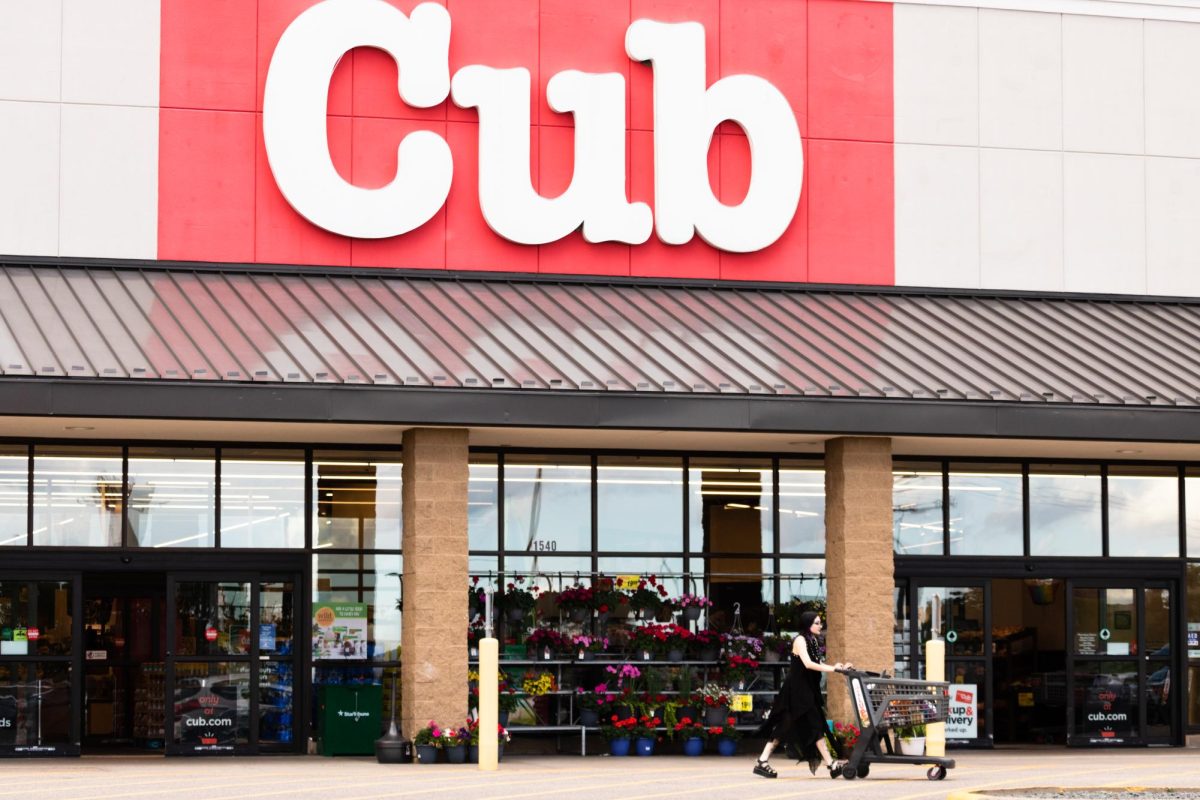
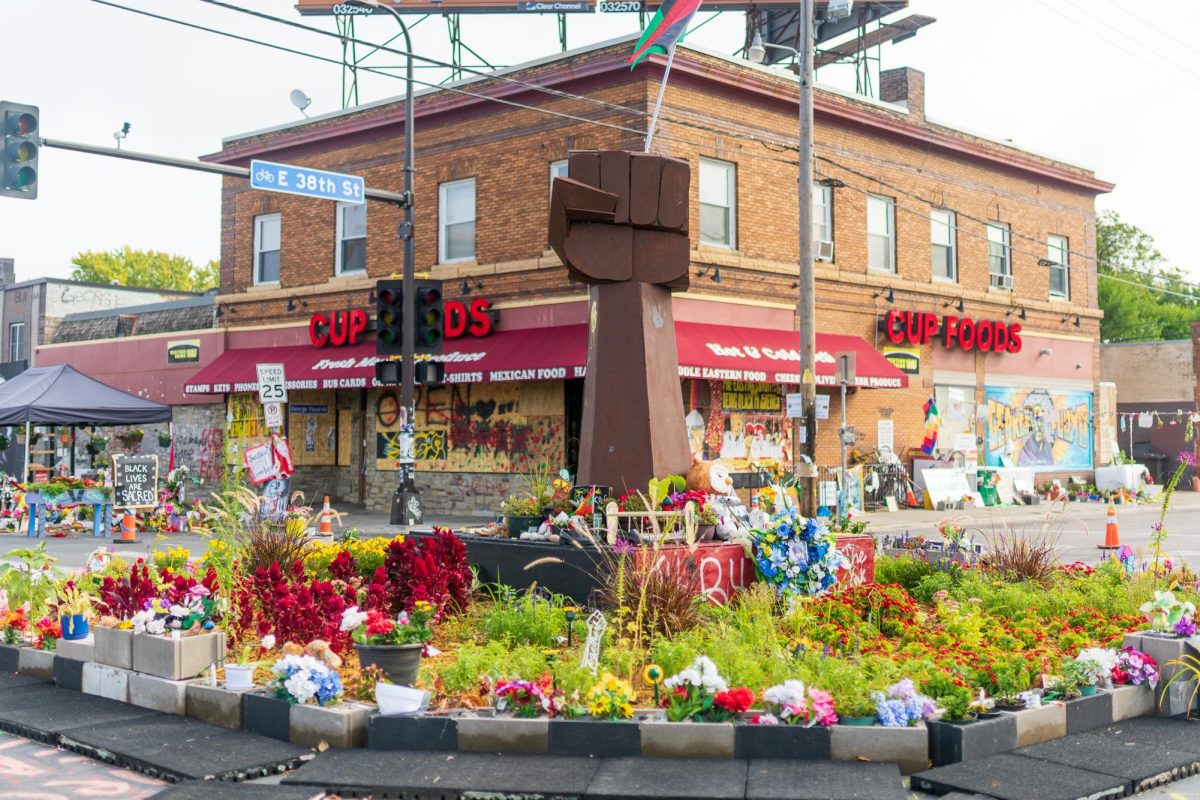


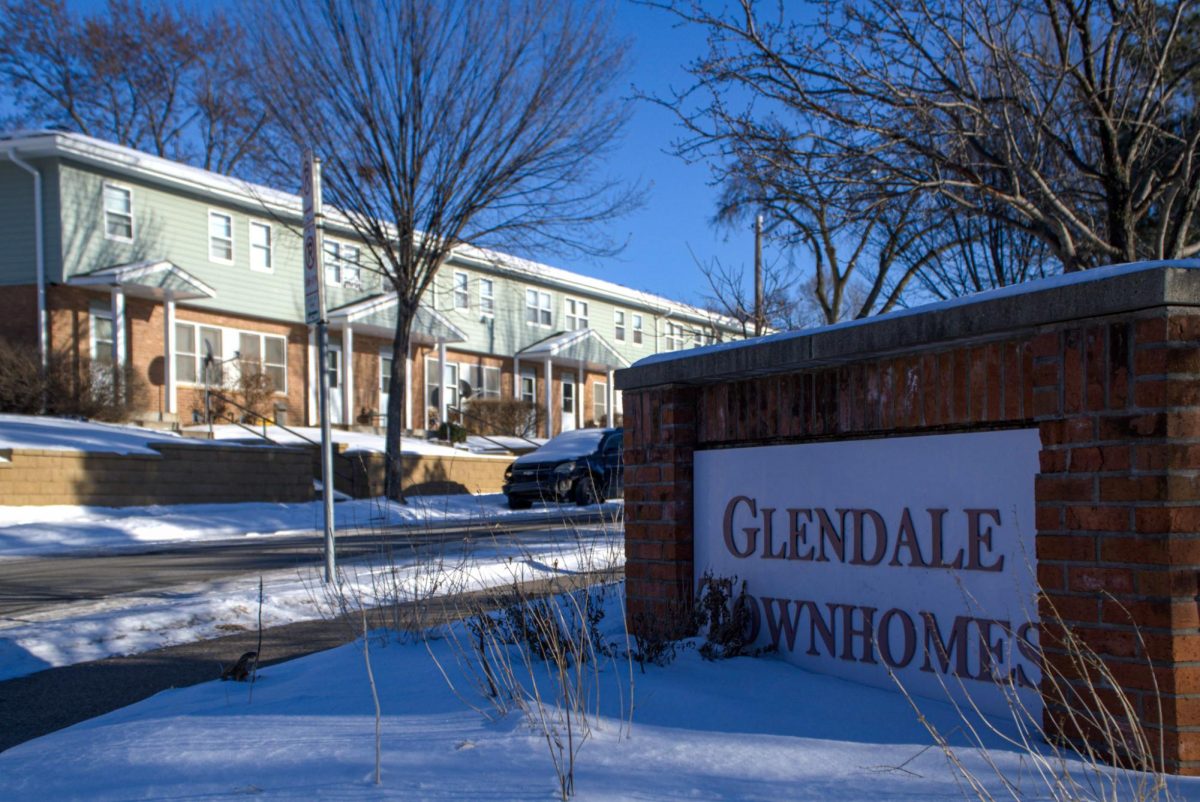





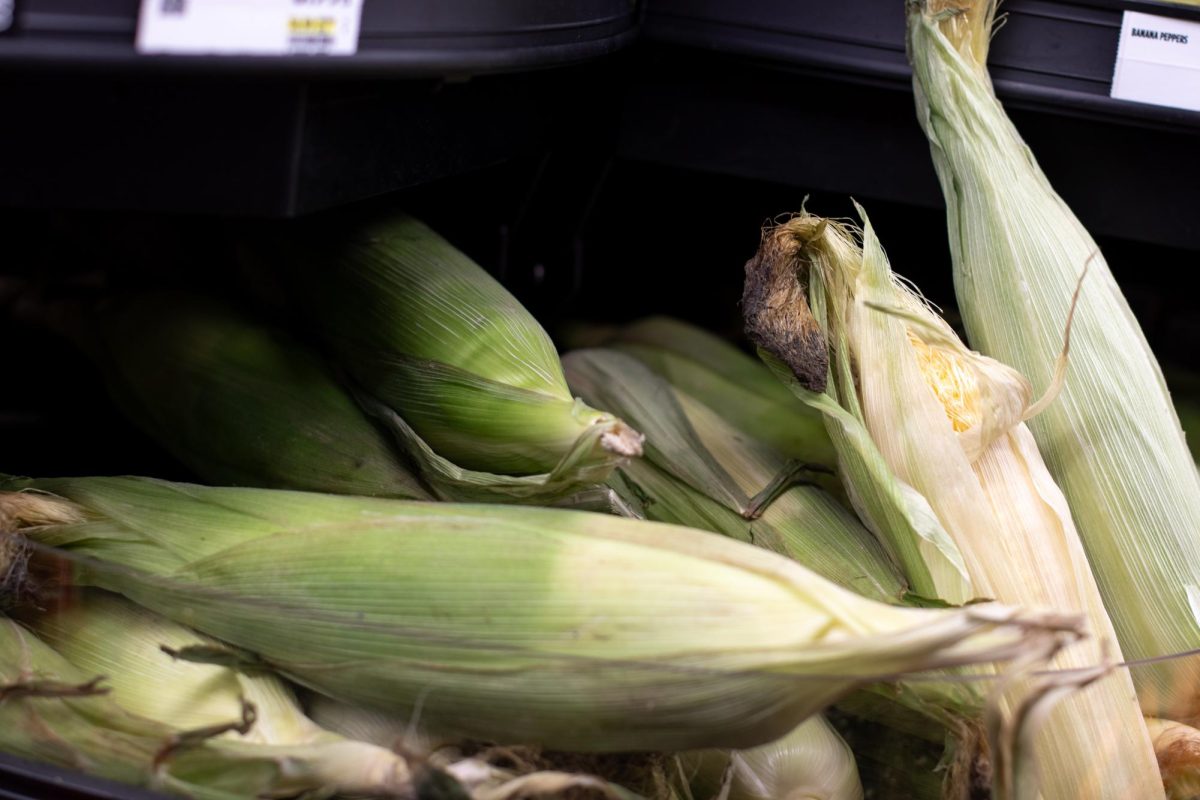

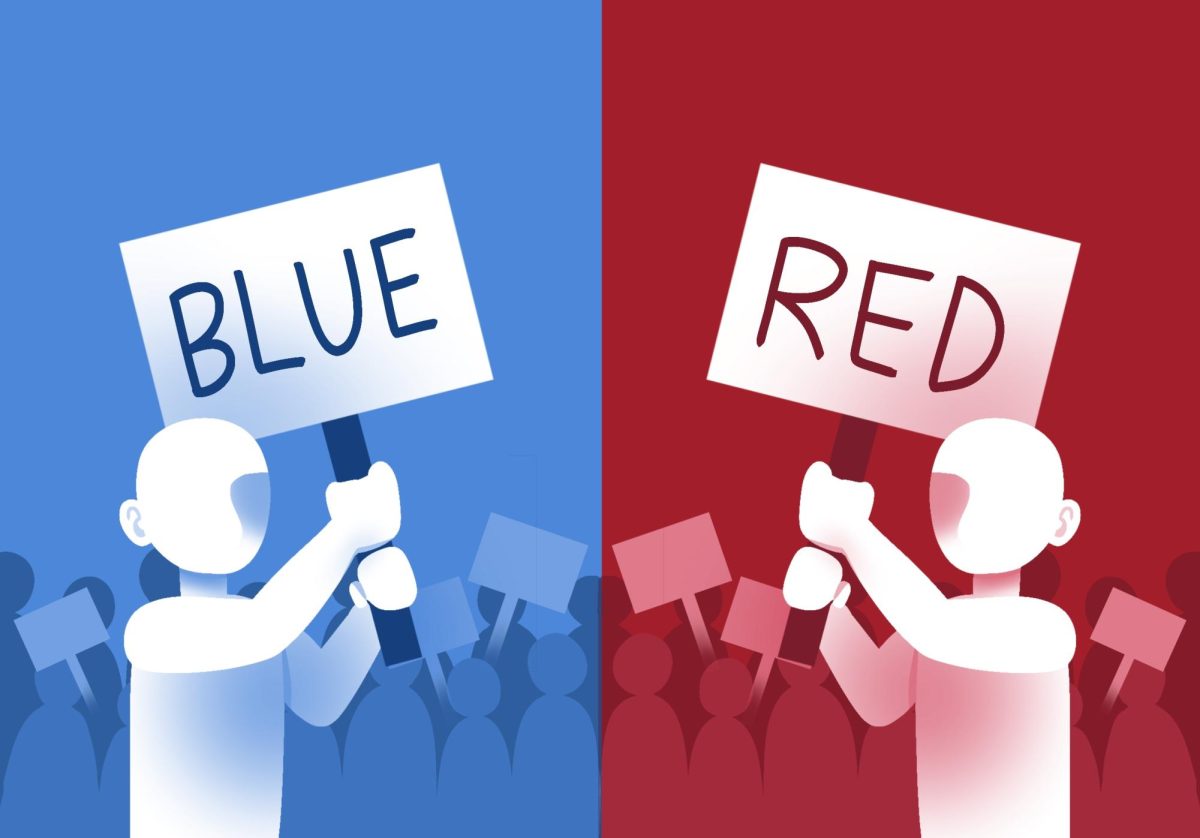
Annie Kack
Jun 18, 2024 at 9:52 pm
There are so many places to grow food. We nd to make it easy for students to find sweet potatoes, all kinds of edibles on unused, property. There is so much space that isn’t used at all. Fr Hennepin Construction planted a green desert that failed. They did not bring back anything we used as a community. It s our neighborhood park. No resting places to gather, seating in shade, and even our picnic tables. They may as planted food. The way it is we can’t use it. Students should have had a community garden planted in circles as a call for community to come together. The elderly and disabled are so disheartened. There are no place to rest for us. It would be great to combine these things. Bringing students and elders together.
Reid Brown
Jun 18, 2024 at 8:47 am
I liked this article! One thing I want to add is that SECIA (Southeast Como Neighborhood Improvement Association) is the neighborhood association for Como. There is interest from a developer in repurposing the currently abandoned Tuttle school into either housing or a grocery store. Last I heard, the interested party said that there was not enough people in the nearby area to have a grocery store pencil out. If people want to learn more, feel free to reach out to SECIA they have a lot more info on this matter than I do!
Adam
Jun 17, 2024 at 12:04 pm
I’m curious why you left out the Lunds and Byerlys in this exploration? I understand it’s not considered an affordable grocery, but there are still items in the store that are affordable and it is actually closer than those across the river for us in Marcy Holmes. Plus, any fresh ingredients are actually fresh, rather than the sad selection at the Target Express